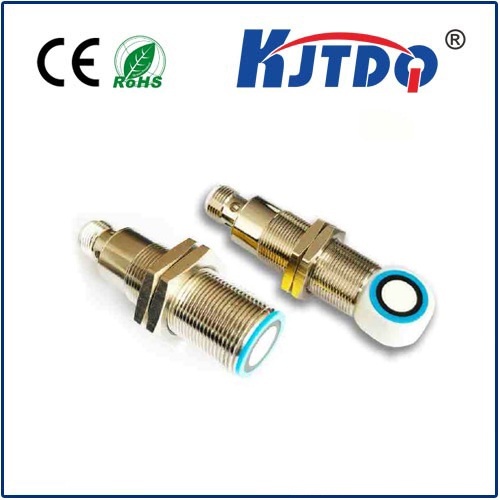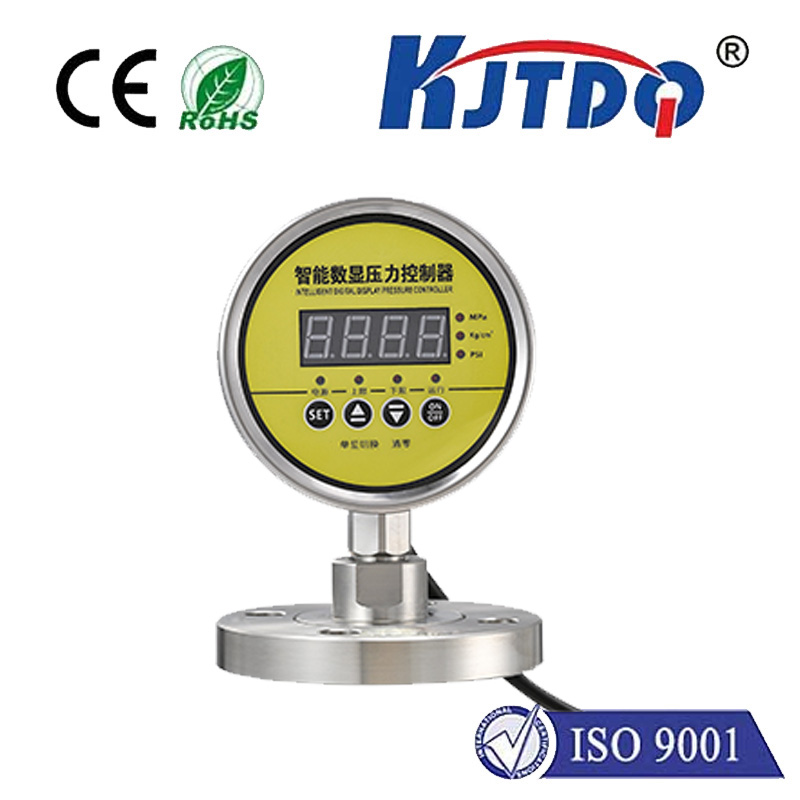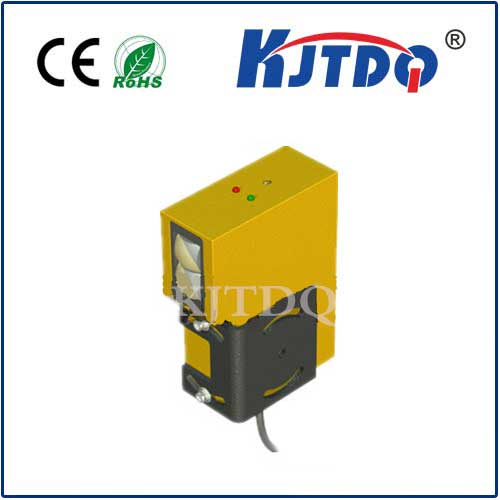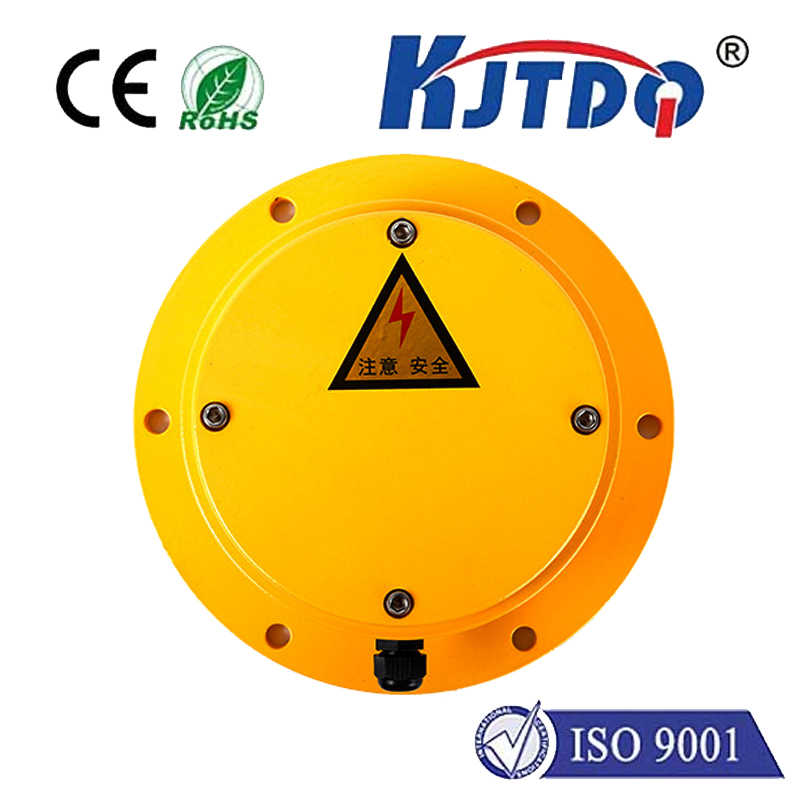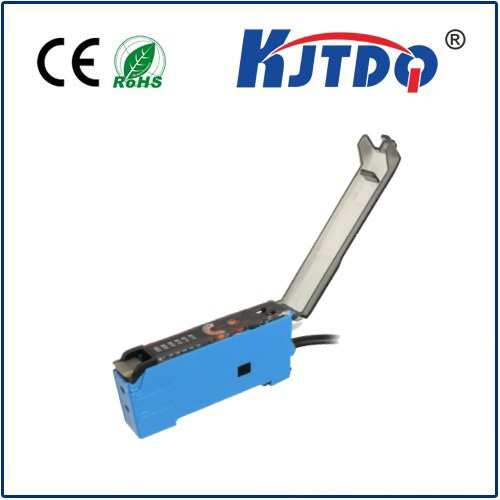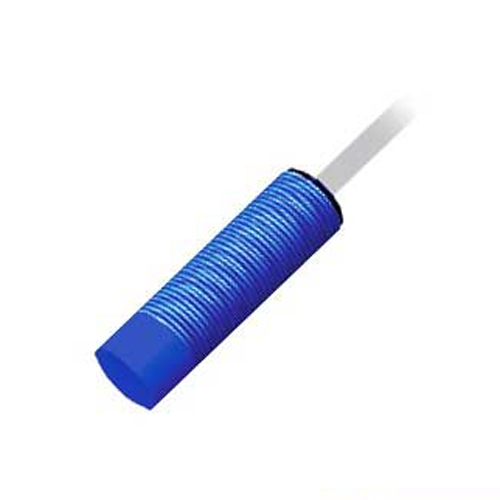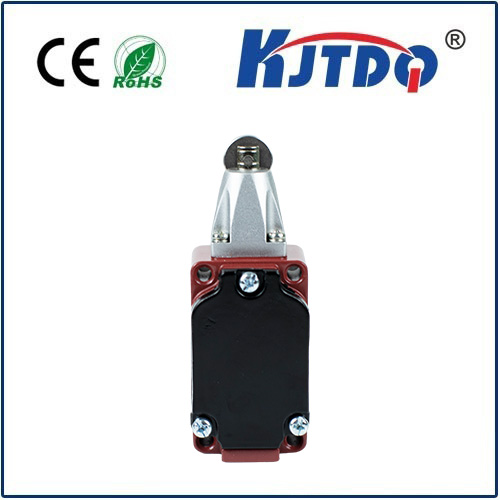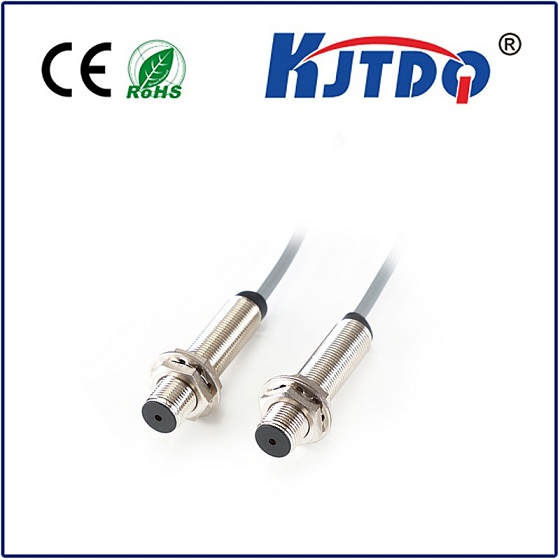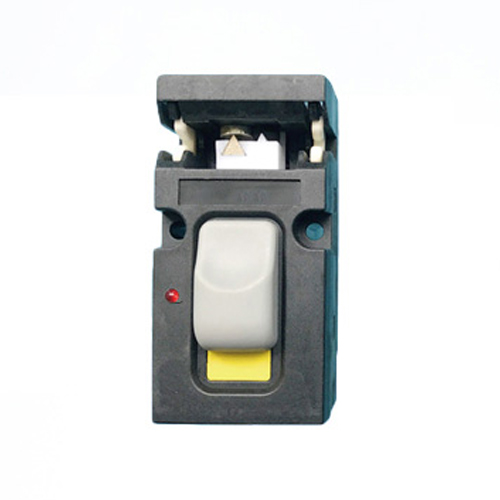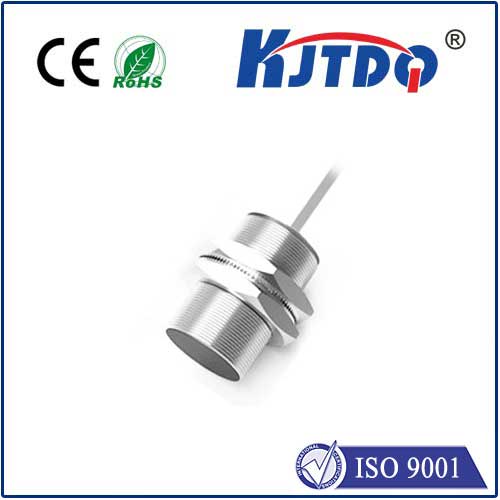10k temperature sensor
- time:2025-08-22 01:32:19
- Click:0
The Essential Guide to 10k Temperature Sensors: Precision Measurement for Demanding Applications
Precise temperature monitoring isn’t a luxury; it’s a fundamental requirement driving efficiency, safety, and performance across countless modern technologies. Whether it’s ensuring the optimal environment for sensitive medical equipment, maintaining perfect conditions in industrial processes, or regulating comfort in our buildings, the unsung hero behind this critical data is often a remarkably precise component: the 10k temperature sensor. This guide dives deep into understanding this specific type of thermistor, its workings, advantages, and where it truly shines.
Demystifying the “10k”: What Exactly is a 10k Temperature Sensor?
At its core, a 10k temperature sensor is a specific type of Negative Temperature Coefficient (NTC) thermistor. The “10k” designation refers directly to its nominal resistance at a standard reference temperature, typically 25°C (77°F). This means that when the sensor is at 25°C, its electrical resistance measures 10,000 Ohms (or 10 kilo-ohms, hence 10k).
Unlike many temperature sensors that produce a voltage output (like thermocouples), an NTC thermistor exhibits a change in resistance in response to a change in temperature. Crucially, it is negative temperature coefficient: as the temperature increases, the electrical resistance decreases significantly, and vice versa. This pronounced resistance change is what grants NTC thermistors, including the 10k temperature probe, exceptional sensitivity.
How the 10k Thermistor Delivers Accurate Readings

The operation hinges on the material science behind the thermistor. Typically composed of metal oxides like manganese, nickel, or cobalt pressed into a bead, disk, chip, or encased in a probe, the semiconductor properties of these materials cause their electrical resistance to drop predictably as temperature rises. This predictable relationship allows us to map temperature to resistance.
Converting this resistance change into a usable temperature reading requires some simple circuitry. The thermistor is usually incorporated into a voltage divider circuit. A constant excitation voltage is applied across the divider network. As the thermistor’s resistance changes with temperature, the voltage output at the divider’s midpoint changes proportionally. This varying voltage can then be measured by a microcontroller, digital meter, or control system. Sophisticated calculations, often using the Steinhart-Hart equation, translate the measured voltage (or resistance) into an accurate temperature value, compensating for the thermistor’s non-linear response curve.
Why Choose a 10k NTC Thermistor? Key Advantages
Several compelling reasons make the precise 10k sensor a popular choice:
- High Sensitivity: The significant resistance change per degree Celsius is a major strength. This high output signal makes it easier to detect minute temperature variations accurately compared to RTDs or thermocouples, often without complex amplification.
- Cost-Effectiveness: 10k thermistor probes are generally inexpensive to manufacture, making them a budget-friendly solution for applications requiring many sensors or cost sensitivity.
- Compact Size: Available in tiny chip formats (like 0402 or 0603) or small probe heads, they excel in space-constrained environments or where rapid response times are needed due to minimal thermal mass.
- Good Stability: Modern manufacturing techniques have improved the long-term stability of NTC thermistors significantly.
- Excellent Accuracy: Within their operating ranges (often -50°C to 150°C, though specialized types go higher), they can offer high accuracy, suitable for most industrial and commercial needs. Careful temperature calibration further enhances accuracy.
- Versatility: Available in a vast array of package types – from surface-mount chips and epoxy-coated beads to ruggedized probes with various metal sheaths (stainless steel, brass) and cable types.
Prevailing Over Alternatives: RTDs and Thermocouples
Understanding the 10k temperature sensor landscape requires comparing it to its primary compes:
- Resistance Temperature Detectors (RTDs): Typically platinum (Pt100/Pt1000), RTDs offer superior accuracy, stability, and linearity over wider temperature ranges than standard NTCs. However, they are significantly more expensive, have lower sensitivity (smaller resistance change per °C), and require more complex measurement circuits.
- Thermocouples: These are rugged, can handle extremely high temperatures, and are self-powered. However, they have lower accuracy than NTCs or RTDs, require cold junction compensation, generate very small voltages (microvolts) needing amplification, and can be susceptible to noise.
| Sensor Type Comparison |
Accuracy |
Sensitivity |
Temperature Range |
Cost |
Key Applications |
| 10k NTC Thermistor |
High |
★★★☆☆ |
★★☆☆☆ -50°C to 150°C |
Low |
Medical equipment, HVAC, appliances, battery management |
| RTD (Platinum) |
★★★★☆ |
★★☆☆☆ |
★★★★☆ -200°C to 850°C |
High |
Industrial process control, precision lab instruments |
| Thermocouple |
★★☆☆☆ |
★☆☆☆☆ |
★★★★★ -270°C to 2300°C |
Medium |
Furnaces, gas turbines, high-temp manufacturing |
The 10k NTC temperature sensor often provides the optimal balance of cost, sensitivity, size, and sufficient accuracy for a vast array of applications below ~150°C.
Where 10k Temperature Sensors Excel: Application Spotlight
The combination of accuracy, sensitivity, and affordability makes the 10k thermistor indispensable in numerous fields:
- HVAC/R Systems: Crucial for temperature monitoring and control in thermostats, duct sensors, room sensors, refrigeration units, and heat pumps. Their responsiveness and accuracy directly impact energy efficiency and comfort.
- Medical Devices: Essential for patient monitoring (ear thermometers, skin sensors), laboratory equipment (incubators, analyzers), and therapy devices (dialysis machines, blood warmers) where reliable precision temperature measurement is non-negotiable.
- Consumer Appliances: Found in washing machines (water temp), dishwashers, coffee makers, refrigerators, freezers, and dryers for process control and safety.
- Automotive: Monitoring cabin air temperature, battery pack temperature in EVs (critical for safety and performance), intake air temperature, and coolant temperature.
- Industrial Process Control: Monitoring process fluids, bearing temperatures, environmental chambers, and plastics manufacturing within their range.
- Battery Management Systems (BMS): Vital for monitoring individual cell or pack temperatures in lithium-ion batteries to prevent overheating and thermal runaway. 10k NTC probes are commonly embedded in battery packs.
- Electronics: Protecting power supplies, motors, amplifiers, and other components from overheating by triggering shutdowns or cooling fans.
- Environmental Monitoring: Used in weather stations, agricultural sensors, and building management systems.
Selecting and Using Your 10k Sensor Effectively
To leverage a precise 10k sensor effectively, consider these factors:
- Accuracy & Beta Value (B Value): The Beta value (often around 3435K or 3977K) describes the resistance-temperature curve steepness between two temperatures (e.g., 25°C/50°C or 25°C/85°C). Higher Beta generally means higher sensitivity. Check datasheet specifications for tolerance and interchangeability.
- Operating Temperature Range: Ensure the sensor’s specified range covers your application’s minimum and maximum temperatures.
- Response Time: Determined by the thermal mass of the sensor and its encapsulation. Bare beads are fastest; large metal-sheathed probes are slower but more rugged.
- Stability & Drift: For critical applications, inquire about long-term stability specifications. Factors like self-heating (minimized






